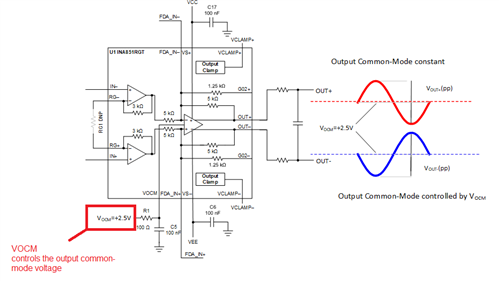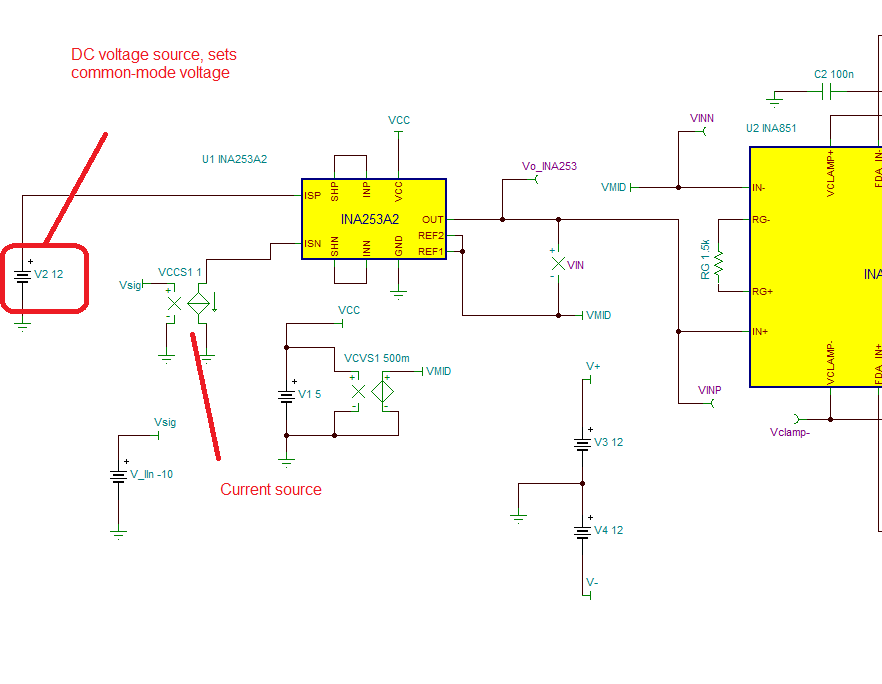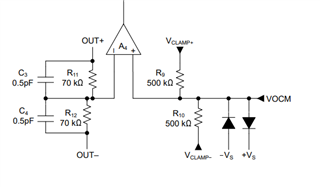Other Parts Discussed in Thread: INA253, TINA-TI, REF3425
Hi TI,
I have a requirement for low side current sensing design for the current range of -10A to +10A , with differential output. The current sense circuit should be able to measure upto 5mA resolution. For this i have chosen INA253A2 as my current sense amplifier with ref 2.5V and the output of the INA253A2 and ref voltage is fed to the INA851 instrumentation amplifier for fully differential output.
Can you please provide me with some guidance on this selection ? Would you recommend using INA253 and INA851 ?
I have simulated this design in TINA TI but i'm not getting fully differential output from INA851. Images attached for your reference. Please help mein resolving this error.
Thanks & Regards,
Venkat.












